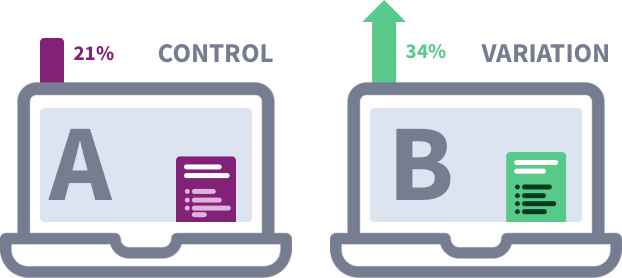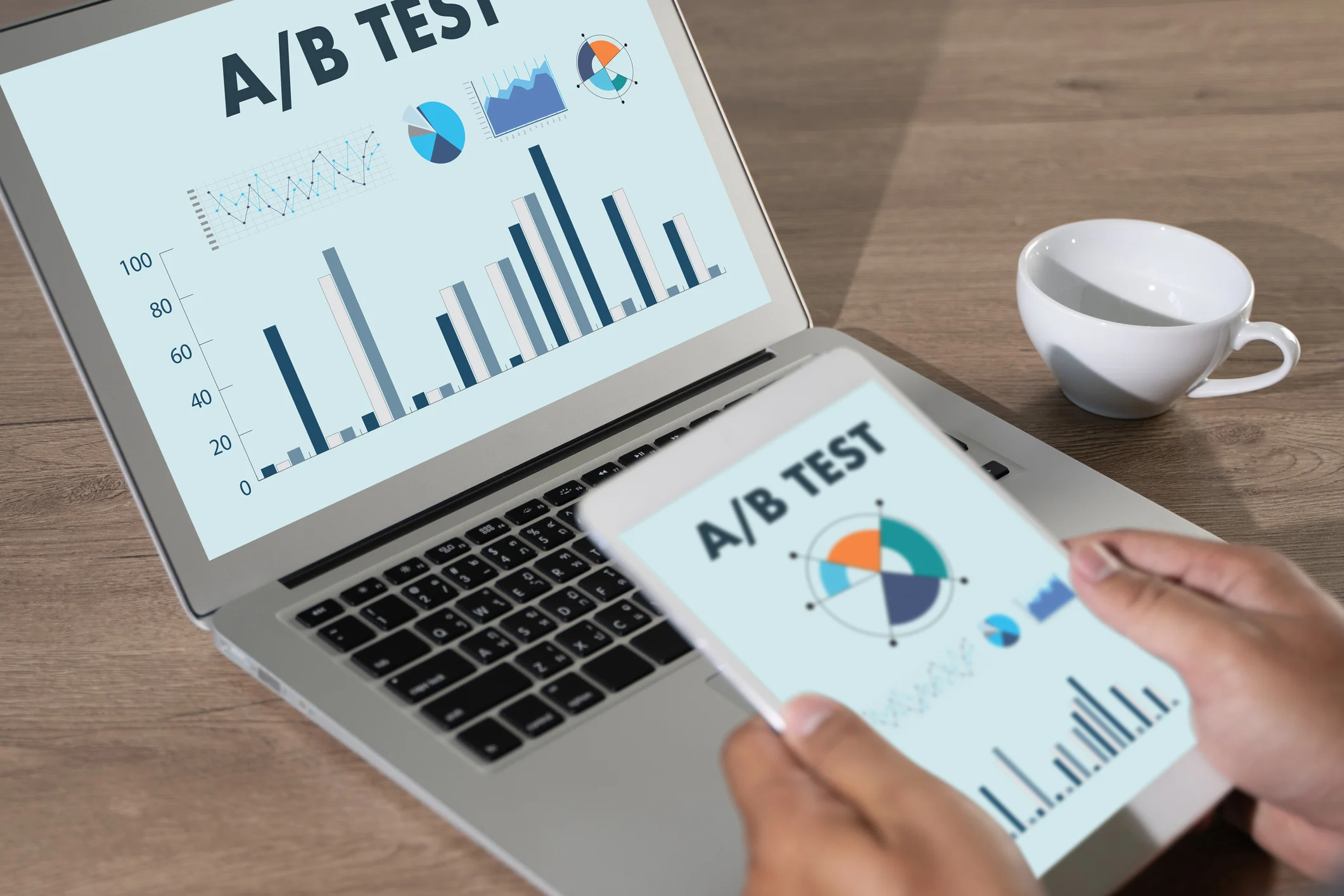In the dynamic world of marketing, making informed decisions is crucial for success. One of the most effective ways to ensure your marketing strategies are on point is through A/B testing. This powerful method allows businesses to compare two variations of a marketing asset to determine which one performs better. In this blog, we’ll explore the importance of A/B testing in marketing and how it can lead to more effective campaigns, improved customer experiences, and ultimately, higher conversions.

Table of Contents
ToggleWhat is A/B Testing?
A/B testing, also known as split testing, involves comparing two versions of a marketing asset—be it an email, a landing page, an advertisement, or any other marketing element. The goal is to identify which version yields better results based on specific metrics such as click-through rates, conversion rates, or user engagement.
How A/B Testing Works
- Identify the Variable: Determine which element you want to test. This could be a headline, image, call-to-action (CTA), color scheme, or any other variable that could impact performance.
- Create Two Versions: Develop two versions of the asset, labeled A (the control) and B (the variant). Ensure that only one element differs between the two versions to maintain the integrity of the test.
- Segment Your Audience: Randomly divide your audience into two groups. Each group will receive one version of the marketing asset.
- Run the Test: Implement the A/B test over a set period, ensuring you gather enough data for statistically significant results.
- Analyze the Results: Evaluate the performance of both versions using key metrics. Determine which version performed better and draw insights from the results.
The Benefits of A/B Testing
1. Data-Driven Decision Making
A/B testing empowers marketers to make decisions based on data rather than assumptions. By testing various elements, marketers can identify what resonates with their audience, leading to more effective campaigns. This data-driven approach minimizes the risk of investing in strategies that may not yield positive results.
2. Improved Conversion Rates
The primary goal of marketing is to drive conversions, whether that means increasing sales, generating leads, or boosting engagement. A/B testing helps optimize various elements of your marketing assets, allowing you to refine your approach and improve conversion rates. Even small changes, such as adjusting the wording of a CTA, can lead to significant increases in conversions.
3. Enhanced User Experience
A/B testing not only focuses on conversion metrics but also on the overall user experience. By testing different layouts, designs, or content styles, marketers can identify the most user-friendly options that lead to increased satisfaction and engagement. A positive user experience can foster brand loyalty and encourage repeat business.
4. Reduced Risks
When launching a new campaign, there’s always a level of uncertainty regarding how it will perform. A/B testing allows marketers to mitigate risks by testing ideas before a full-scale launch. If one version underperforms, you can pivot and refine your strategy without wasting significant resources.
5. Better Understanding of Your Audience
A/B testing provides valuable insights into your audience’s preferences and behaviors. By analyzing which variations perform better, marketers can gain a deeper understanding of their target demographic. This knowledge can inform future marketing strategies, allowing for more personalized and relevant messaging.
6. Cost Efficiency
Optimizing marketing campaigns through A/B testing can lead to better use of marketing budgets. By identifying the most effective strategies, businesses can allocate resources more efficiently, focusing on high-performing campaigns that deliver a strong ROI.
Best Practices for A/B Testing
To ensure successful A/B testing, consider the following best practices:
- Test One Variable at a Time: To accurately measure the impact of a change, focus on one variable per test. Testing multiple changes simultaneously can lead to confusion and inconclusive results.
- Choose Relevant Metrics: Select metrics that align with your campaign goals. For example, if you’re testing an email campaign, focus on metrics such as open rates, CTRs, and conversions.
- Run Tests for Sufficient Time: Allow enough time for your test to run to gather statistically significant results. Running tests for too short a period can lead to misleading conclusions.
- Segment Your Audience: Ensure your test audience is representative of your overall customer base. Segmenting by demographics, behavior, or other criteria can yield more actionable insights.
- Iterate Based on Results: Use the insights gained from A/B testing to refine your marketing strategies continually. The process of testing and optimizing should be ongoing, fostering a culture of continuous improvement.
Conclusion
A/B testing is an invaluable tool in the marketing arsenal, enabling businesses to make informed decisions, improve conversion rates, and enhance user experiences. By adopting a data-driven approach and embracing a culture of testing, marketers can optimize their strategies and achieve better results. In a world where consumer preferences are constantly evolving, A/B testing ensures that your marketing efforts remain relevant, effective, and aligned with your audience’s needs. Start integrating A/B testing into your marketing strategies today, and watch your campaigns thrive!


No responses yet